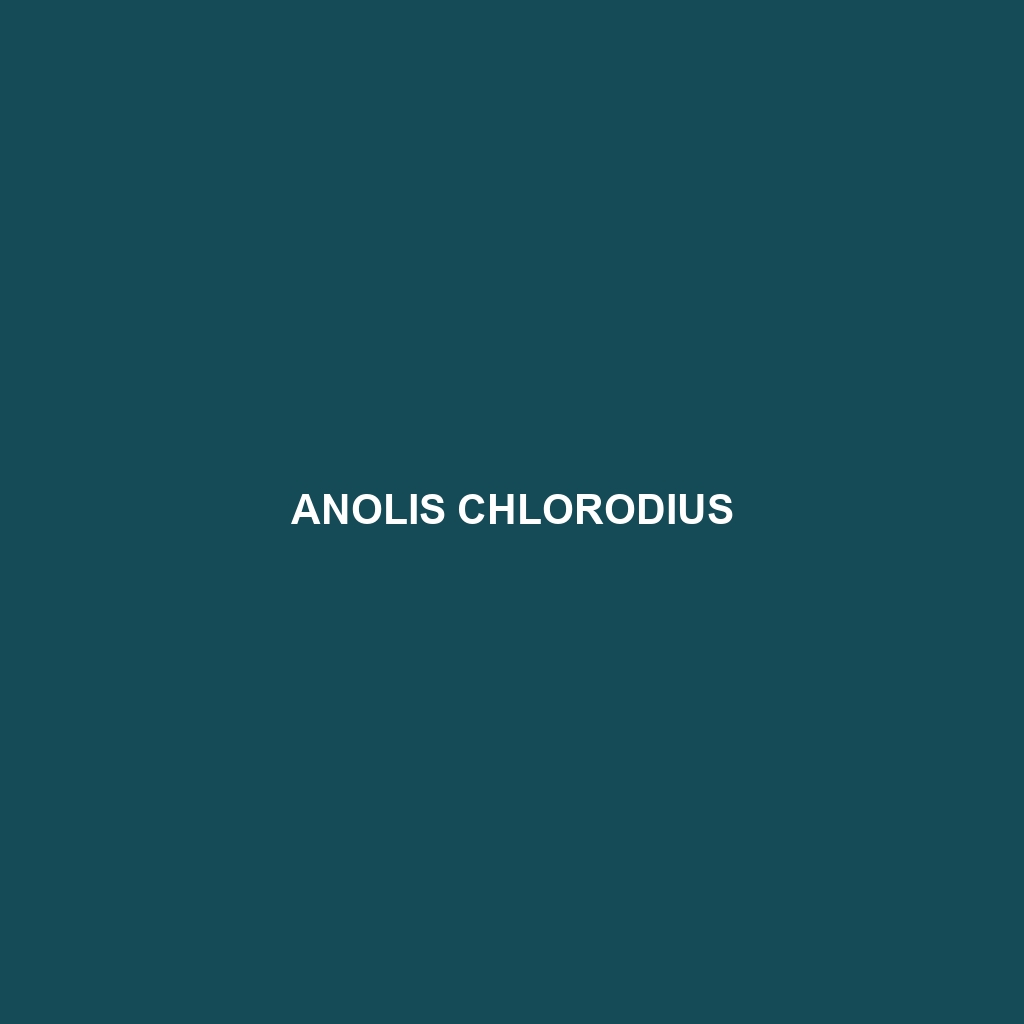Anolis christophei: The Unique Anole Species
Common Name: Anolis christophei
Scientific Name: Anolis christophei
Habitat:
Anolis christophei is primarily found in the tropical forests of the Caribbean, particularly on the island of Hispaniola, which encompasses both Haiti and the Dominican Republic. This species thrives in humid, mountainous areas where it resides in trees, shrubs, and leaf litter, favoring moist environments that provide ample hiding spots from predators.
Physical Characteristics:
Anolis christophei typically exhibits a modest size, averaging 5 to 7 inches in length, including their tail. This species is characterized by its vibrant green coloration, which may vary between individuals, and presents some distinctive features such as a slightly elongated snout and large, expressive eyes. Males possess a pronounced dewlap, which can be red or orange, serving as a display feature during courtship and territorial disputes.
Behavior:
Commonly known for its active behavior, Anolis christophei is predominantly diurnal and is often seen basking in sunlight on branches or foliage. This species displays intricate social structures; males establish and defend territories while performing elaborate courtship displays. Additionally, they exhibit a remarkable ability to camouflage themselves within their environment, aiding in avoidance of predation.
Diet:
Anolis christophei has a carnivorous diet, primarily preying on small insects such as crickets, flies, and ants. Their feeding habits also include consuming small invertebrates, making them an essential part of the local ecosystem. This species is known for its agility, allowing it to skillfully capture prey in its arboreal habitat.
Reproduction:
The reproductive habits of Anolis christophei are marked by a distinct breeding season occurring in late spring and early summer. Males engage in elaborate courtship rituals to attract females, who then lay clutches of eggs in protected locations within their environment. Hatchlings emerge after several weeks, showcasing rapid growth and development to adapt to their surrounding habitat.
Conservation Status:
Currently, Anolis christophei is classified as ‘Vulnerable’ on the IUCN Red List, primarily due to habitat loss from deforestation and other anthropogenic pressures. Conservation efforts are crucial to protect their natural habitat and ensure the sustainability of this unique species.
Interesting Facts:
One fascinating characteristic of Anolis christophei is its impressive adaptability to various microhabitats within its range. Additionally, these lizards have been observed exhibiting behaviors such as “push-ups” to assert dominance and communicate with other lizards, further enriching their social interaction dynamics.
Role in Ecosystem:
Anolis christophei plays a vital role in its ecosystem as both a predator and prey. As insectivores, they help regulate insect populations, contributing to ecological balance. Furthermore, they serve as a food source for various birds and larger reptiles, illustrating their importance in maintaining biodiversity within their habitat.
